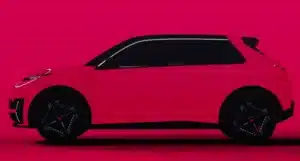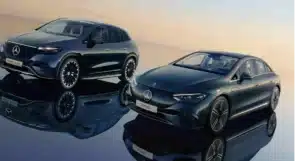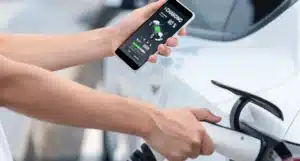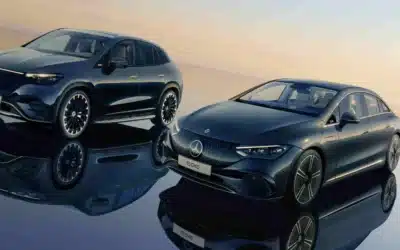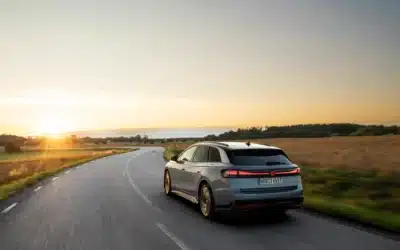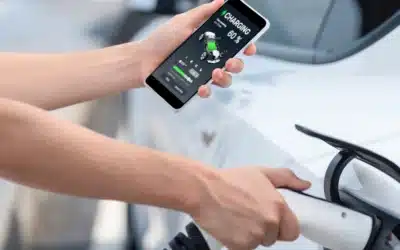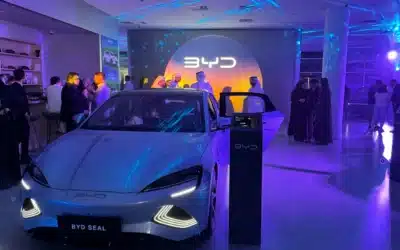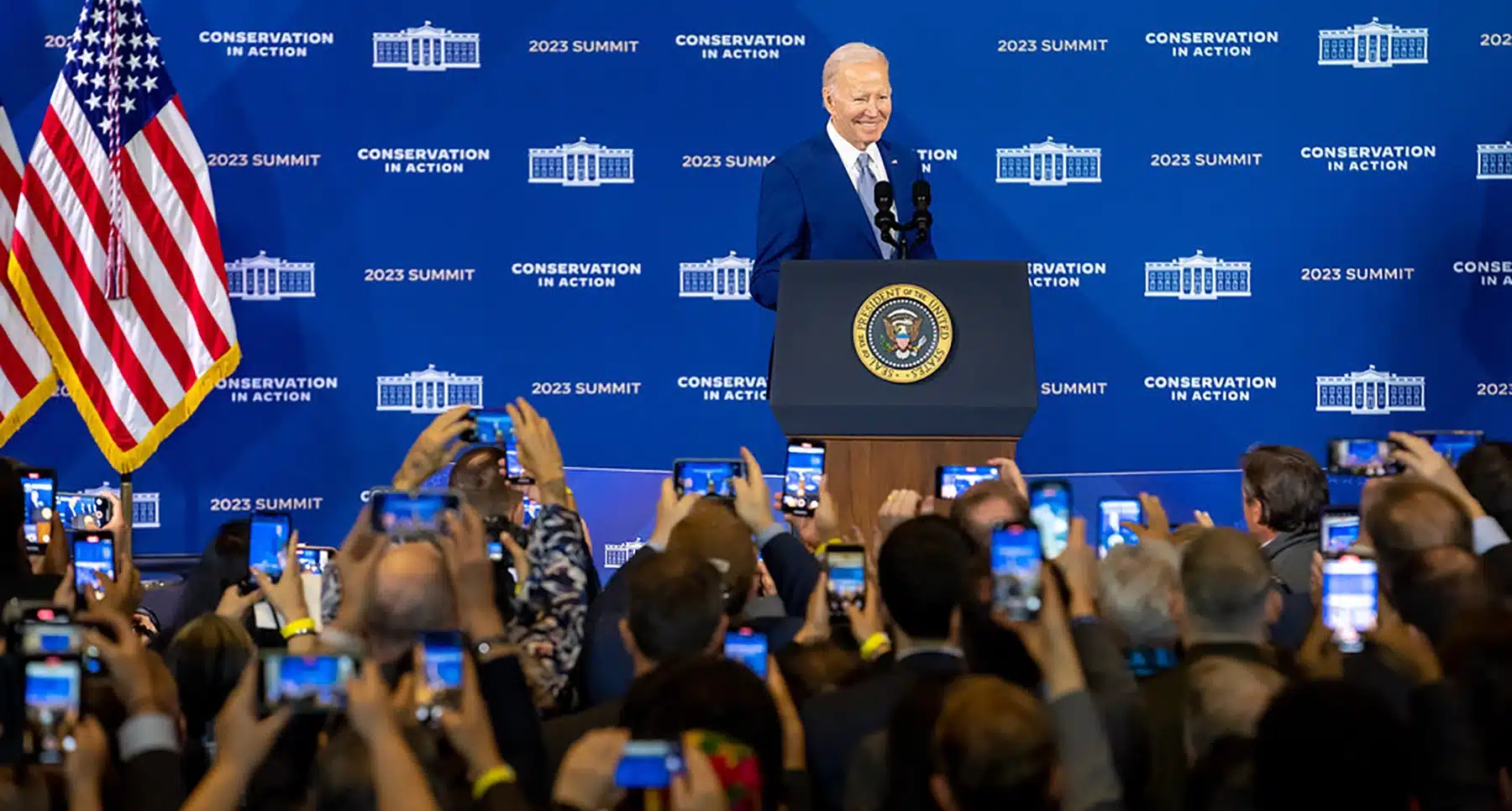
In a bid to combat climate change, the US Environmental Protection Agency (EPA) has proposed new tailpipe emissions limits, which could see 67% of all new vehicles sold in the country being all-electric by 2032. This ambitious target would surpass President Joe Biden’s previous commitment of having electric vehicles (EVs) account for 50% of new car sales by 2030, marking the US’s most aggressive climate regulations to date.
Despite a recent surge in EV sales, they made up just 5.8% of the 13.8 million new vehicles sold in the US last year, leaving the country trailing behind China and Europe in the EV market. The proposed limits would not dictate specific annual EV sales figures but would establish pollution standards for cars and trucks, pushing the auto industry to sell more EVs to meet these requirements. According to the EPA, the new standards could prevent nearly 10 billion tons of carbon emissions by 2055, more than double the total US carbon emissions in 2022.
By contrast, the UAE’s government targets are more modest, aiming to have 42,000 EVs on the streets by 2030. But given that just 2,000 EVs were sold in the UAE in 2020, that’s still a large increase. The question is whether the US proposals will spur other countries, including the UAE, to make more aggressive EV commitments.
The UAE has around 325 charging stations, which was ahead of the curve for the low number of EVs in the country a couple of years ago. However, as more EVs appear on the roads, the EV to charger ratio will increase and further investment in infrastructure will be needed to match the consumer switch to EVs.
EPA Administrator Michael Regan is spearheading the proposed limits in the US, which will be subject to public review, comment, and potential legal challenges. The rapid replacement of gas-burning vehicles with electric models would support the Biden administration’s goals of reducing US greenhouse gas emissions by at least 50% by the end of the decade and achieving net-zero emissions by 2050.
Depending on manufacturers’ chosen compliance pathways, the EPA predicts that EVs could represent 67% of new light-duty vehicle sales and 46% of new medium-duty vehicle sales by 2032. However, the proposed limits pose significant challenges for automakers, who are already investing billions in factories and battery technology to accommodate EVs. Rapid EV adoption would necessitate more extensive and dependable charging infrastructure – similar to the situation in the UAE – as well as additional materials for EV batteries.
John Bozzella, CEO of the Alliance for Automotive Innovation, acknowledged the aggressiveness of the EPA’s proposed regulation, calling for improved charging stations, more affordable EVs, and the establishment of domestic critical mineral supply chains. He emphasized that the speed of EV adoption would rely heavily on implementing the right policies and market conditions to achieve a net-zero carbon automotive future.
Consumer opposition could also hinder the Biden administration’s efforts to boost EV sales. New electric vehicles currently cost an average of more than $58,000, significantly above the industry average of just under $46,000. Tax credits under the Inflation Reduction Act do offer purchase incentives of up to $7,500, but forthcoming Treasury Department requirements will reduce the number of EVs eligible for the full tax credit.
Environmental groups have welcomed the EPA’s limits as a crucial step towards addressing climate change and alleviating air pollution, particularly for marginalized communities living near major highways. However, a recent poll found that nearly half of Americans are unlikely to purchase an EV as their next car, citing high costs and a lack of charging options as primary barriers. Just 35% of respondents supported stricter auto emissions rules to encourage automakers to increase EV sales.
To address these concerns, the Biden administration has set a goal of installing at least 500,000 EV charging stations across the US by 2030, enlisting the support of companies such as Tesla, General Motors, Ford, and ChargePoint. The 2021 bipartisan infrastructure package also allocated $5 billion to help states develop a network of EV charging stations along designated alternative fuel corridors on the national highway system.
It feels that the US is now setting the pace globally on the development of the EV market in response to climate change and air pollution. It remains to be seen whether the UAE will follow.

